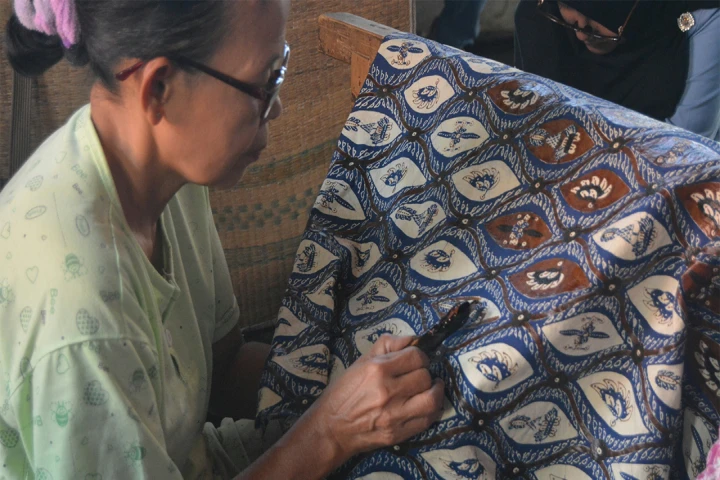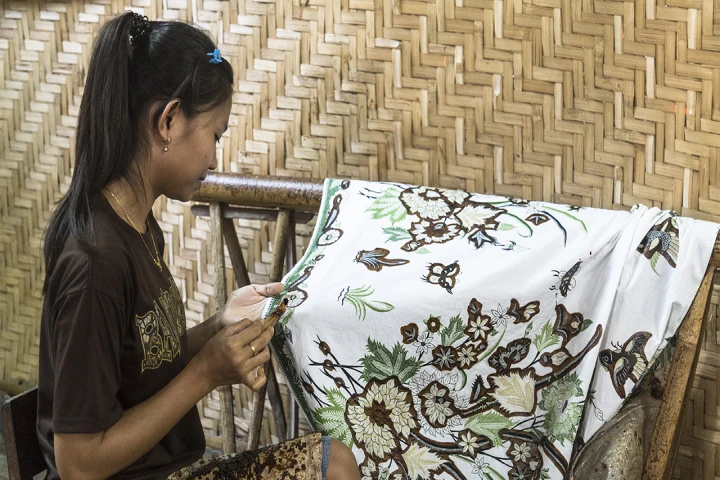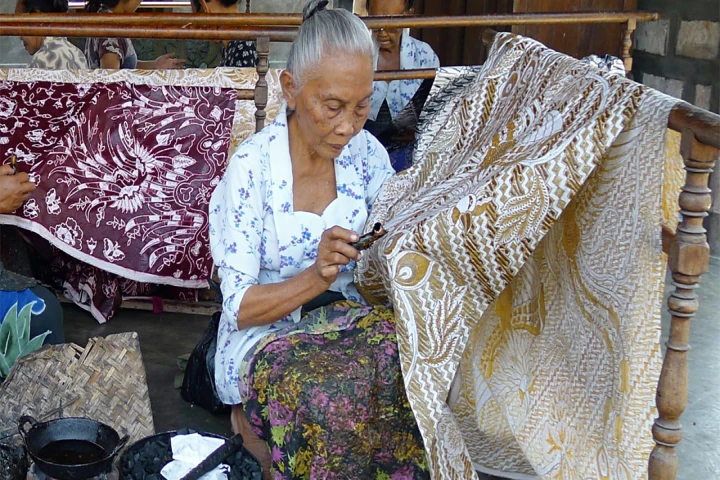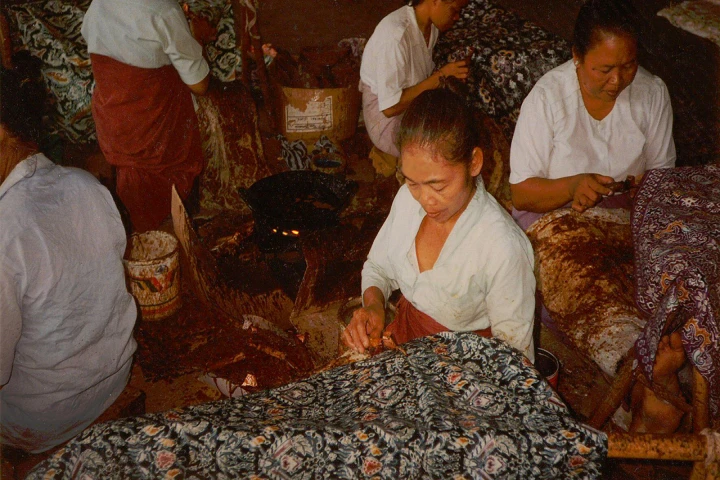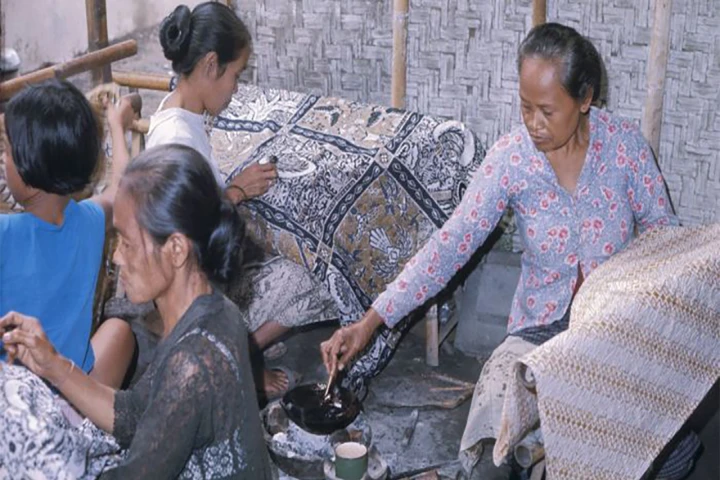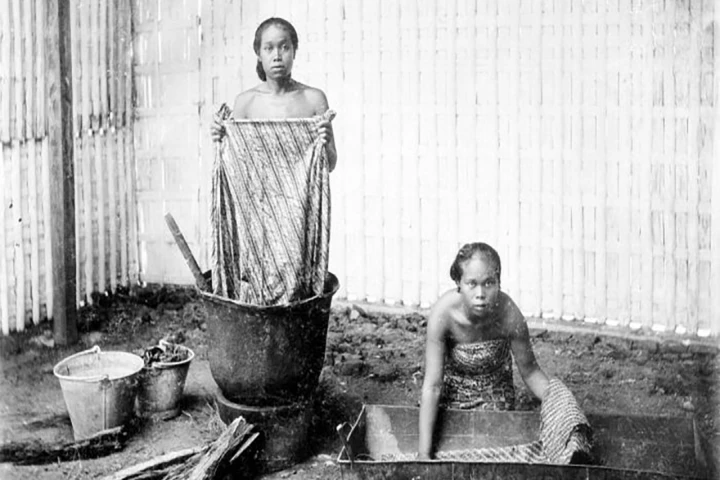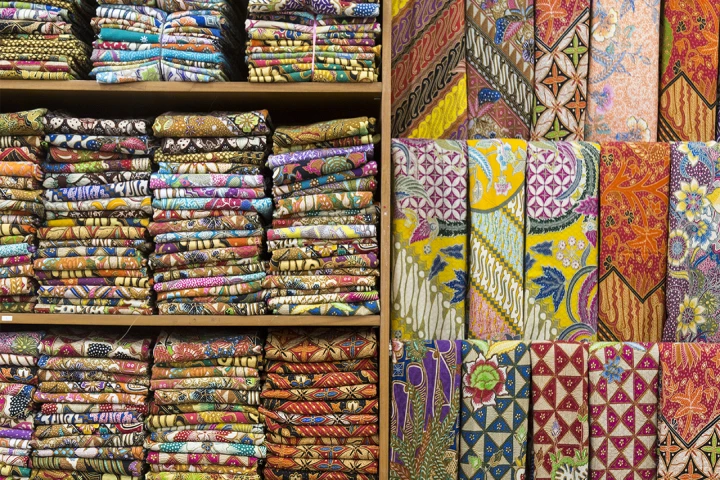Batik: The World Heritage of Nusantara
admin
29 September 2021
Batik is a highly valued handicraft that has become a part of Indonesian culture (especially in Java) for a long time. The Javanese women used their skill in making batik as their bread and butter so that in the past, making batik was an exclusive job for women.
Based on the name, batik is derived from the Javanese language ambatik, consisting of amba, which means “wide” or “big”, and tik or nitik, which means “dot” or “making dot”. In Javanese, the word bathikan also means “drawing” or “writing”.
Batik also has its traditional patterns. It is what makes batik vary, for they have their uniqueness and are called based on the place where they are made. Some examples are Batik Solo, Batik Yogyakarta, Batik Pekalongan, Batik Madura, and Batik Bakaran Pati. Batik from Java Island can be distinguished based on the patterns and colors into two categories: Batik Pedalaman or Batik Pesisiran.
From the islands of Nusantara, batik is one of the artistic works known widely, locally, and globally. One of the types of batik, Batik Pesisir, has a long acculturation history with various patterns influenced by many cultures. This type keeps growing in terms of patterns, techniques, and quality. With their uniqueness, UNESCO assigned batik as the Masterpieces of the Oral and Intangible Heritage of Humanity in October 2009.
Image sources:
-
Clarasaragih/Wikimedia Commons
-
Fpangestuphotographer/Wikimedia Commons
-
Stephen Kennedy/Wikimedia Commons
-
Ian Alexander/Wikimedia Commons
-
Tropenmuseum Collection
-
Tropenmuseum Collection
-
Tropenmuseum Collection
-
Fpangestuphotographer/Wikimedia Commons
